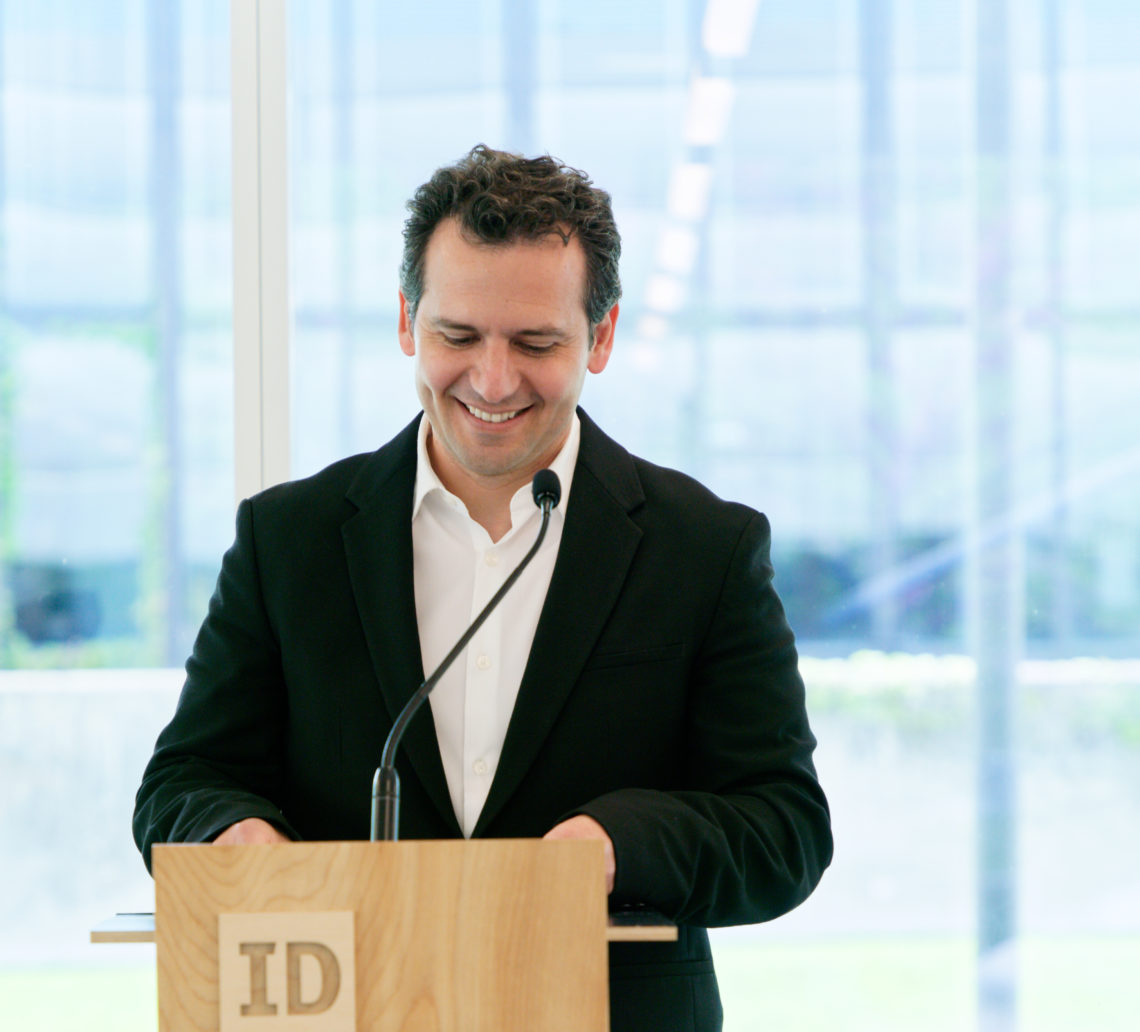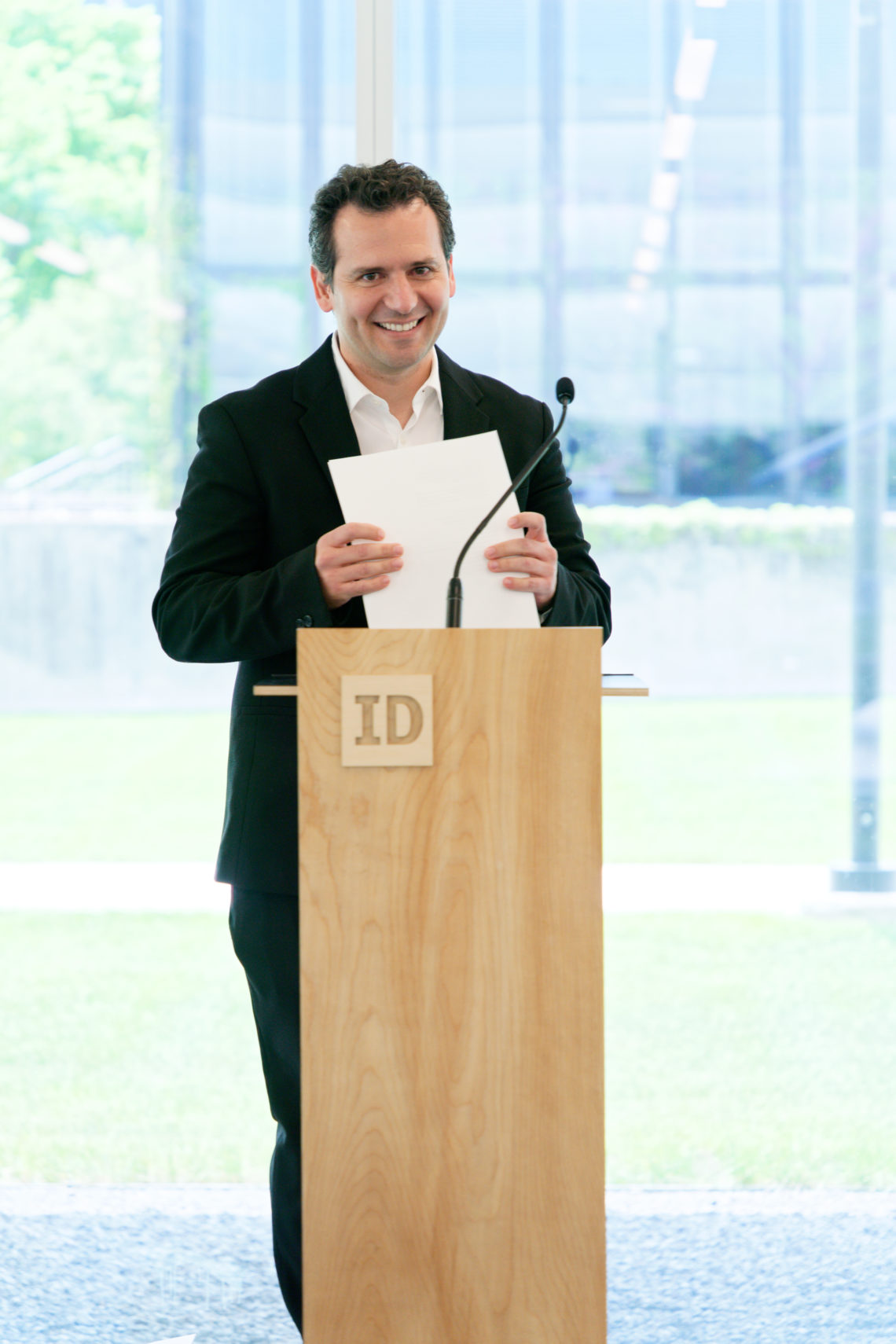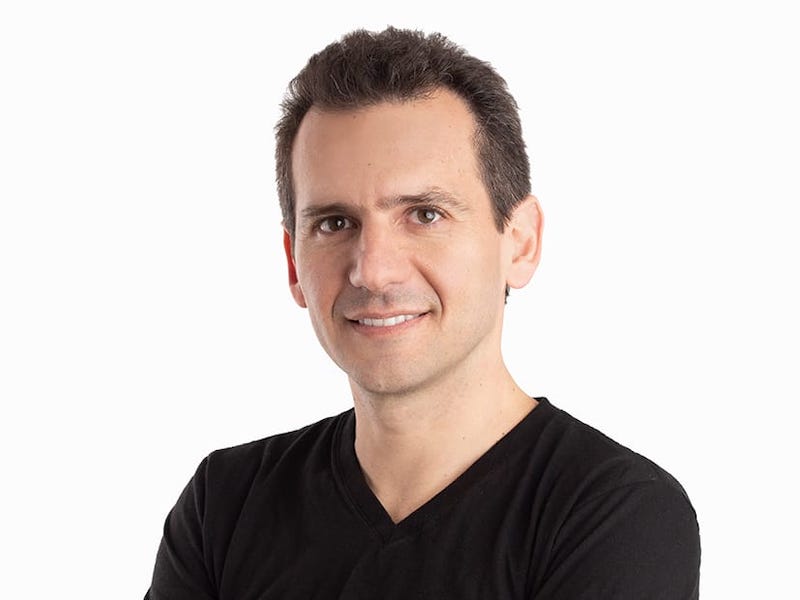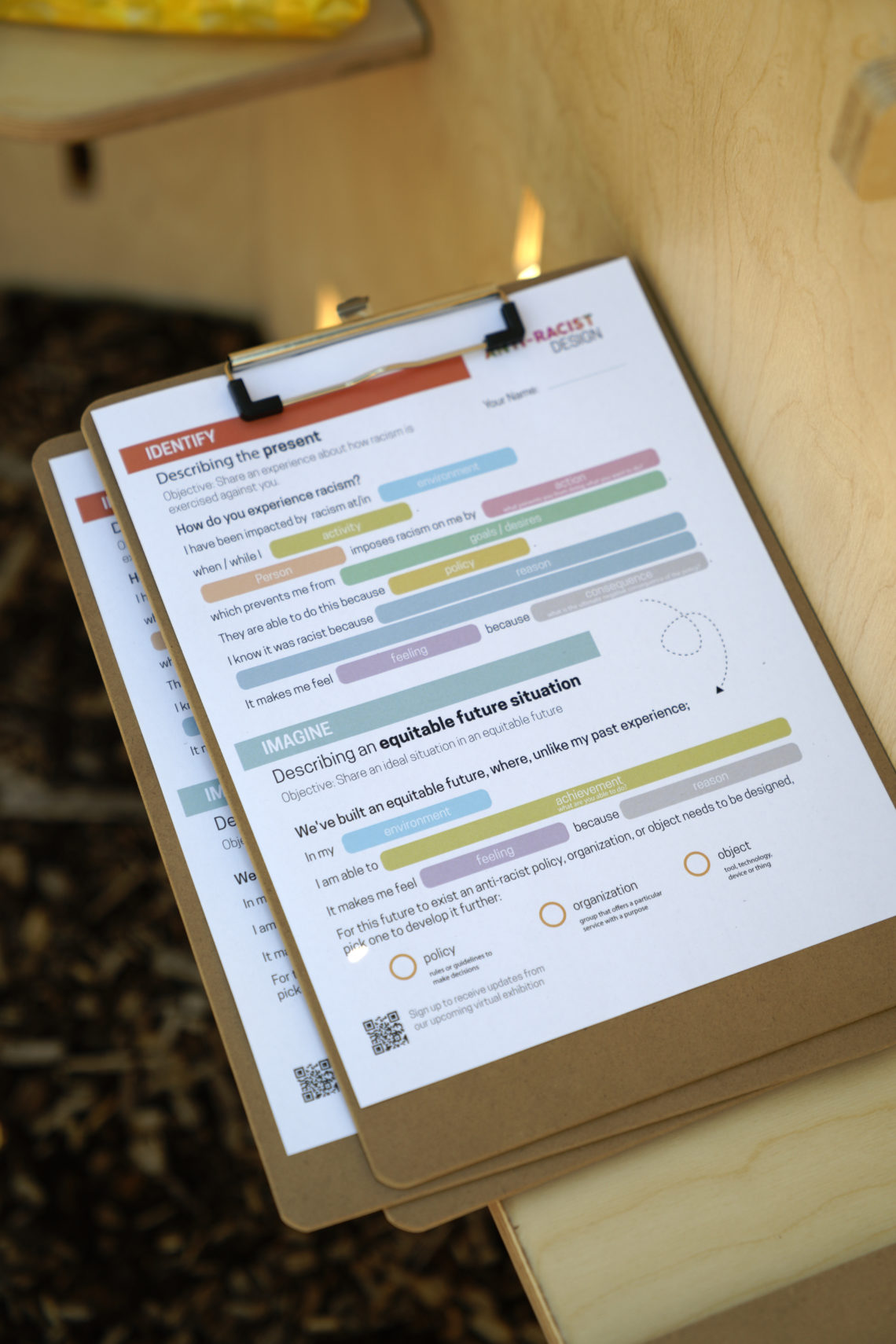The Relevance of Emotions
By Rodrigo Isasi (MDM 2013)
June 22, 2022

ID alum Rodrigo Isasi (MDM 2013) was our 2022 Commencement Speaker. As the CEO of Delosi, Isasi is the first design-trained CEO in a non-design-driven company in Peru. Delosi is a leading restaurant franchise which operates international brands such as Starbucks, Pizza Hut, KFC, Burger King, and Chili’s in Peru.
Following is the transcript and video of his speech.
Perhaps the most overlooked factor in the traditional business world is the relevance of emotions.
The fact remains that emotions drive our actions. They represent the most significant part of our memories, reality, and who we are.
On the other hand, as designers, we are bound to deal with emotions, give rise to them, and be accountable for them.
Please accompany me in this exercise. Think about how you are feeling right now. Look inside of yourself and try to describe your feelings. Hopefully, they are positive. Right? Perhaps you feel a sense of excitement, accomplishment, achievement, and pride in your heart. Or maybe anxiety and nostalgia for your friends and the life you have shared during these years.
Every habit you have built has transformed you, and you know that you are no longer the same person, not only because of the tools and knowledge you received from these great masterminds but also because of the connections you made and the challenges you have faced. You are now someone who is ready to unleash, from the bottom of your heart, all of your energy out into the world.
Please remember this feeling. Embrace it, nurture it, and keep it with you. You will need it. This world will need it.
I can see myself sitting here nine years ago, ready for the challenge, in a world facing digital transformation, filled with excitement, surrounded by opportunities to be an entrepreneur and help organizations in this journey.
Today we witness different times. We can see the cracks that the abrupt impact of the past period of breakdown and slow recovery has left in our societies. Therefore, it is a time to rebuild, where each activity we do will inflict change. While change came about through growth in the past, today it is imperative to bridge our evident disparity gap, whether newly created or just revealed. It’s as if we as a society have been wearing the Emperor’s New Clothes.
But as my outstanding storytelling teachers at ID taught me, this is a time to act, not as heroes but as mentors. It is time to design a more humane and fair world. You will bring magical objects, artifacts, and solutions to transform that fear into purpose, joy, understanding, and calmness.
Does this sound too idealistic? Maybe. Apathetic? Never.
This is what ID is all about, which is why I came here. Now, let me share five takeaways that empowered and enabled me to keep it up during these years.
1. Find and embrace your craft.
When the design thinking movie came out, Marty Thaler invited some students to a private viewing event at Gensler, where other designers joined to watch and share the film.
I enjoyed everything about that student outing: walking and chatting together from the old ID building on LaSalle, getting there, the office tour, the screening room setup, and the movie itself. Everything was a reaffirmation of being in the right place, until this skate designer sitting in the background abruptly started a debate, notoriously angrily because he disagreed that a scientist in the movie, who appears to be designing experiments, could be called a designer.
I came to ID, like other MDMs, with no design background, so the impostor syndrome came to me, and I questioned myself: Am I a designer? Can I call myself a designer? Although the answer to that question may be obvious to you right now, it was like a defining moment for me back then.
From that moment on, my creative energy expanded, and I committed myself to understand how culture works, how it can be shaped or modeled, and how it can be resilient and adapt over time.
Leading a design firm of 200 people with my partners and now a corporation of 11,000 people is all about shaping culture every day through example and consistency. But most of all, with passion and the explicit intention of creating an extraordinary place of work where people can make progress as professionals and individuals.
Ditching the cultural fit mantra to replace it with a cultural curation approach is vital. That means seeing each individual as someone who will contribute to the culture with their uniqueness and potential.
So thanks, skate designer, wherever you are. Now culture is my craft, my material.
2. Value ideas, concepts, and intentions, and never be ashamed to bring forth those that have not seen the light.
In my former workplace, they permanently cataloged me as a dreamer. Upon returning from a three-year expat experience, I had this formal feedback meeting with my former boss and then my new boss. Both were wonderful people, and the feedback was going well until one of them made fun of me, saying that I was like a hot air balloon they needed to bring back to earth. I often felt ashamed of this, afraid they would see me as someone who did not execute or only brought ideas to the table. I think that is why I put in twice as much effort. I spent many hours of my day working hard. But deep down, I knew that it was time that I was taking away from my family and myself.
Over time, I have seen no harm in “flying.”
I know how dangerous the opposite is: Not to question, executing without an idea or intention. That is a direct path to mediocrity and even malpractice.
Do not accept phrases that reduce your work to “just ideas,” “just concepts,” and “just intentions.” The world requires good ideas; in reality, we lack ideas, revolutionary concepts, and new solutions to free us from false dilemmas and ideology myopia.

3. Work with purpose.
You know this one. If not, you wouldn’t be here.
Let me share my purpose with you. I genuinely believe that business is a good thing, something virtuous. It is the ability to organize people to solve a problem. It thrives on efficiency, scale, innovation, and sustainability.
However, it is an idea that has lost its drive due to bad practices and prejudices exacerbated by political tensions worldwide. Therefore, I am committed to seeking change from within, using the strength of design and innovation to reshape reality and build a contribution vehicle. Companies are part of a system, and we must recognize that and ask ourselves how we can serve and put our capabilities at the service of this system.
4. Nourish your communities of support.
ID is a beautiful blend of diverse individuals who share an eagerness to create new meaning out of the simplest and, at the same time, most complex aspects of human life. It is an excellent network of good people, wisdom, and affection. So please don’t lose the connection. Stay close, come back in awhile, and share what you are doing and what matters to you.
Every time I have raised my hand seeking help from people in this community, I have had a response: Mentors, inspiration, critique, and a couple of beers in some city. I am very grateful because here, I met my former Insitum partners. I am what I am, thanks to ID.
5. Don’t keep it up just for work.
Don’t become the angry comedian or the dull rock star. Reach out to your loved ones with empathy and create with them a life that you don’t regret. Be persistent, don’t try to be perfect. After all, every day is a prototype of the next. Never forget to communicate. Make their happiness and yours your craft.
Let me finish with an extract of a poem by Mario Benedetti and then a translation based in Paul Archer’s.
No te salves
No te quedes inmóvil al borde del camino
No congeles el júbilo, no quieras con desgano
No te salves ahora ni nunca, no te salves
No te llenes de calma
No reserves del mundo solo un rincón tranquilo
No dejes caer los párpados pesados como juicios
No te quedes sin labios, no te duermas sin sueño
No te pienses sin sangre, no te juzgues sin tiempo
Don’t keep yourself safe
Don’t remain idly by the side of the road
Don’t freeze the joy you should feel
Don’t love with reluctance
Don’t save yourself now
or ever
Don’t keep yourself safe
Don’t be filled with a deep calm
Don’t reserve for yourself just a quiet corner in the world
Don’t let your eyelids fall
Heavily as judgments
Don’t lose your voice
Don’t sleep without sleepiness
Don’t imagine yourself without blood
Don’t judge yourself without time.
Thank you.


